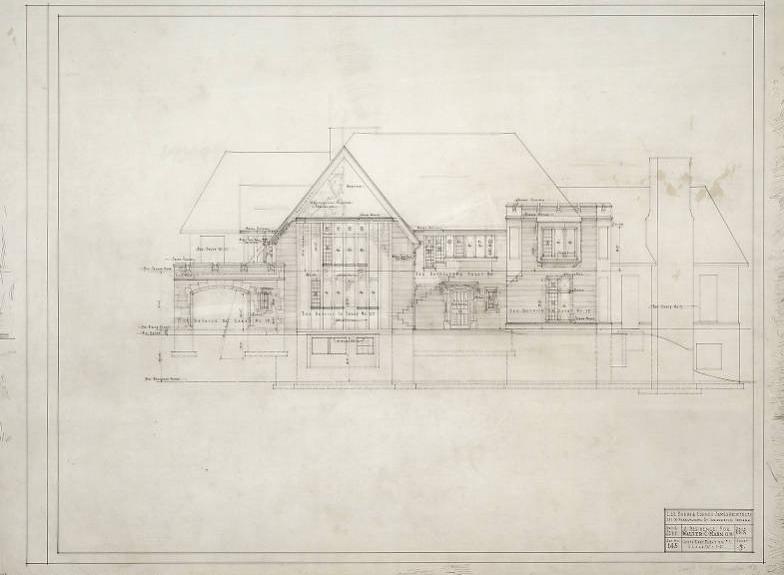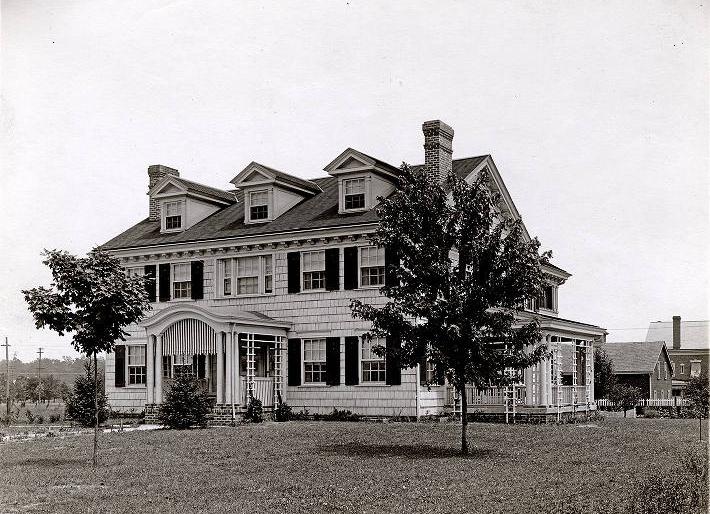
Photo info …
Credit: IndyStarView Source
(Apr. 19, 1872-Jan. 8, 1957). Born in Bloomfield, Indiana, Burns graduated from and, as a young man, worked for the Bowen-Merrill Company (later known as ). During the he served in the 158th Indiana Infantry. Though not formally trained in architecture, in 1910 he founded Burns Realty Company specializing in the design and construction of fine country and townhomes.

In 1926 Burns formed an architecture firm with Edward D. James (see ). Utilizing traditional designs, Burns and James were responsible for many of Indianapolis’ far northside homes, including several homes in the .
In 1929 the Indiana Society of Architects awarded the firm a gold medal for excellence in residential design. In 1949 the two men dissolved their partnership and Burns teamed with his son in a new architecture firm, Burns and Burns. The father-son partnership continued to design in traditional styles but shifted its emphasis to public structures. Among their Indianapolis works are several buildings at the and many Indianapolis Parks Department buildings.

Burns was active in Indianapolis civic affairs and wrote a number of books on Indiana history: (1919), (1923), (1929), and (1935). He also served for many years on the executive committee of the and was a member of the federal commission that built the George Rogers Clark Memorial at Vincennes, Indiana. He was one of the founders of the Players Club and a director of the .

Help improve this entry
Contribute information, offer corrections, suggest images.
You can also recommend new entries related to this topic.

